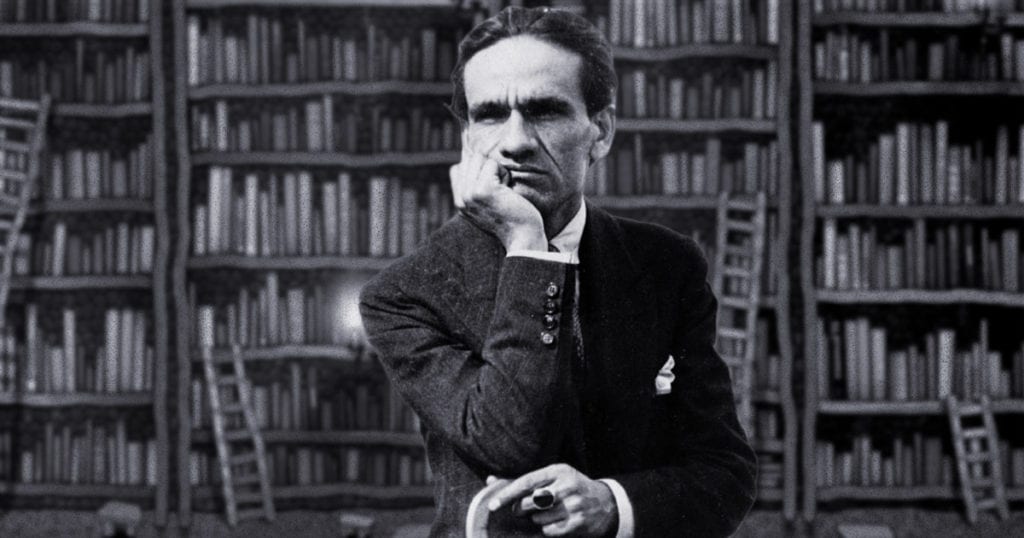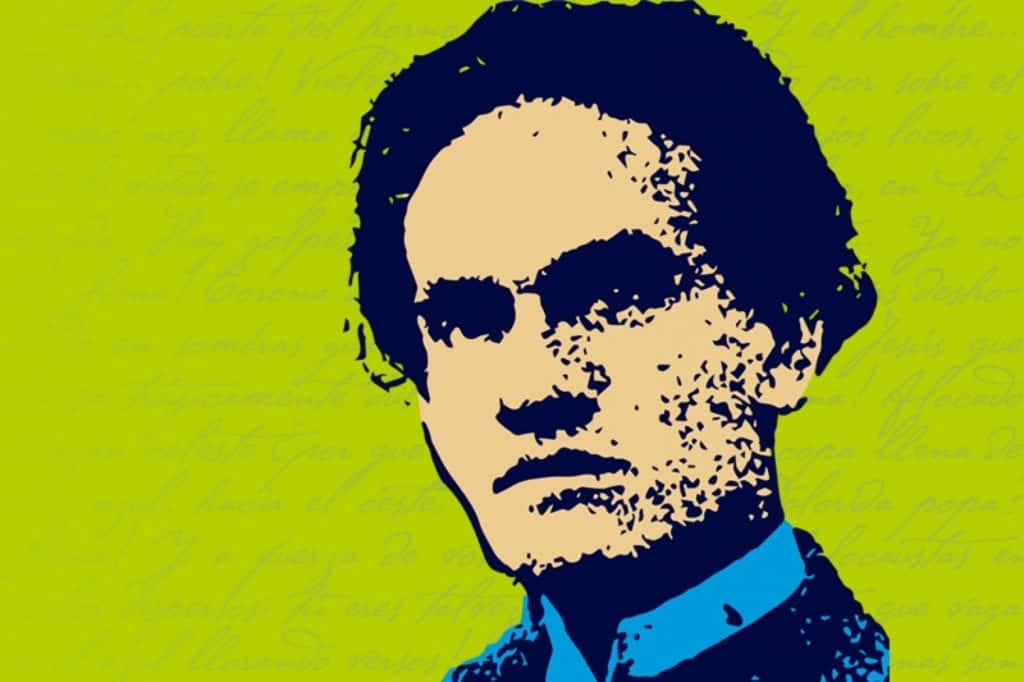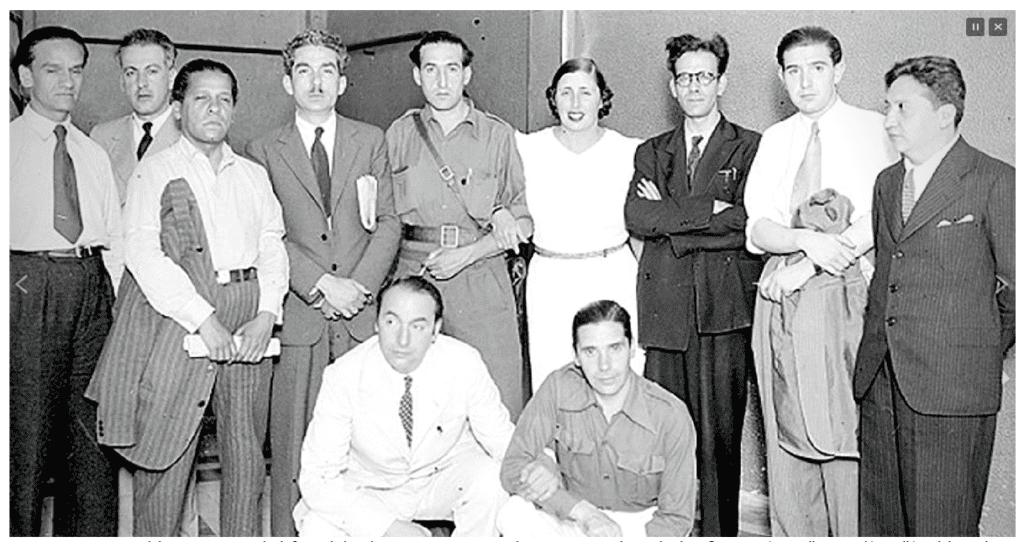
Cesar Vallejo.
César Vallejo (1892-1938) was a Peruvian novelist, essayist, short story writer, and poet. He stood out for achieving great notoriety in each literary genre developed. His career in modernism left a mark, and his collection of poems The black heralds is unequivocal proof of it.
The avant-garde is also notorious in Vallejo's poetic work. His handling of language, in addition to his wealth of resources when writing, gave him a privileged position among the authors of the time. Tungsten It is one of its most representative pieces.
Biography
Birth and family
Santiago de Chuco saw the poet born. He came to the world on March 16, in 1892. His family was Meztizo, indigenous and Spanish. His environment was managed between deeply rooted customs, and honest work was the example of the day to day. Francisco de Paula Vallejo Benítez was his father, an indispensable figure in his upbringing. His mother was María de los Santos Mendoza, who tried to guide him by the Catholic faith. The writer had 10 siblings, he was the youngest.
Vallejo Education
The 271 School Center of Santiago de Chuco was the place where Vallejo began his training. By then, it was thought that the boy would be a priest. In 1905, César entered the Colegio Nacional San Nicolás in Huamachuco. There he attended classes until 1909.
Despite the family's insistence that Vallejo be religious, at the age of 18 he entered the National University of Trujillo. There he began his studies of letters. However, the lack of income in his home complicated things, so the writer had to suspend his studies. After that stumble, César decided to try studying medicine. However, in a short time he gave up. Despite the bad prognoses, the poet managed to return to the career of letters, and in 1915 he obtained his degree.
Youth in Trujillo
The stage that César Vallejo lived in Trujillo was full of experiences, joined the North Group, to which young artists and intellectuals belonged. In addition, he was presented with the opportunity to publicize some of his verses in local media; it was also the time of love.
In 1917 he fell madly in love with Zoila Rosa Cuadra, a fifteen-year-old girl. But the short duration of the relationship depressed him and he nearly took his own life. However, his friends were light in the dark because they convinced him to go to the Peruvian capital to do a doctorate.

Portrait of César Vallejo.
Life in Lima
Vallejo arrived in the Peruvian capital at the end of 1917. It was December 30, exactly. As soon as he arrived, he began to interact with a privileged circle of authors. Manuel González Prada and Abraham Valdelomar were common companions of talks on Lima afternoons. At that time, the magazine South America it served the poet as a space for many of his poetic collaborations.
Not three months passed when Vallejo began teaching. In those years he had a loving relationship with the adolescent Otilia Villanueva, which led him to lose his job at the educational institution. Later, He started working as a grammar teacher at the Nuestra Señora de Guadalupe National School.
His first work
In 1919 Vallejo published his first work, The black heralds. The collection of poems stood out for its enormous lyrical value. This book had modernist features and dealt with very recurring themes of Vallejo, related to human suffering. With this title he made his way into Latin American literature; the following year he traveled to his homeland.
Unjustly imprisoned
When I was in Santiago de Chuco, César Vallejo was unjustly accused of participating in the burning of the house of a family of merchants in the city. So he spent almost four months in a Trujillo jail. This misfortune was not a stumbling block for the poet to stop writing. In fact, he even won a literary contest.
Although the case was not closed, some time later he was able to leave under certain conditions and returned to the capital of the country. There he published, in 1922, trilce, a collection of poems that renewed the poetry that was known at that time. The following year the set of stories came to light Melographed scales.

César Vallejo, left, at the II International Congress of Writers for the Defense of Culture; Spain, 1937. Squatting you can see Pablo Neruda.
Life in Paris and death
Vallejo went to live in Paris in 1923 in search of new experiences, There he worked in various Latin American media and also met his life partner Georgette Philippart. He continued dedicated to writing, of those years he was Tungsten.
The writer began to feel ill in health in March 1938, so he was hospitalized. But he failed to recover and died on April 15, 1938 of malaria, he was forty-six years old; his remains rest in the Montparnasse cemetery in Paris.
Art Works
- The Black Heralds (1919)
- Trilce (1922)
- Wild Fable (1923)
- Towards the kingdom of the Sciris (1944). It was written between 1924 and 1928.
- Russia before the second five-year plan (1931)
- Tungsten (1931)
- Colacho, brothers or presidents of America (1934)
- The tired stone (1937)
- Paco Yunque (Posthumous edition, 1951). Written in 1931.

WHO WRITTEN THIS ARTICLE, WHAT DATE PLISS
no idea crack xd
on what exact date was this done?
who wrote this article, date and year please
Very good or the truth, I need the publication date of this article pliis.
data of this publication of this magazine:
Author: Juan Ortiz.
Posted on 28/07/2019 17:12.
Perhaps this information will be useful to you as well as to me. >:v
Hello, where can I see the date?
César Vallejo was definitely one of the many extraordinary writers who interpreted the reality of Peru. Likewise, in his poems, he leads us to reflect and synthesizes the crisis that our country continues to experience as an X-ray.